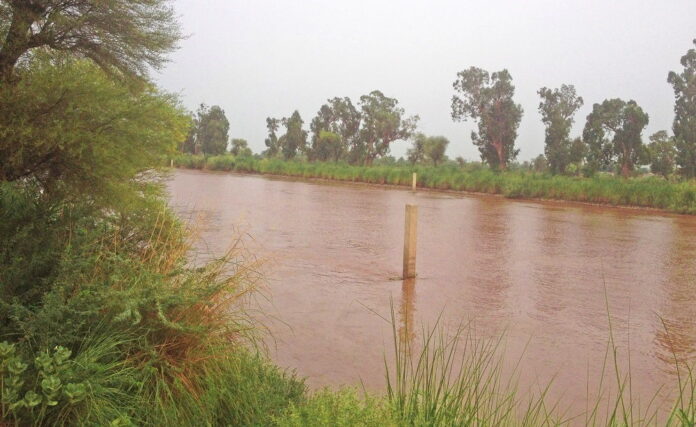ISLAMABAD: Prime Minister Imran Khan is likely to lay the foundation stone for the 115.7km-long Jalalpur Canal on December 13th, sources informed Pakistan Today, adding that the canal would help irrigate the areas of Pind Dadan Khan as well as parts of Khushab.
As per the sources, PM Khan is expected to lay the foundation stone for the long-awaited Jalalpur Canal this month, while the Punjab Irrigation Department, along with other concerned departments of the Punjab government, has been making necessary arrangements to hold a ceremony in this regard.
Apart from PM Khan, Science and Technology Minister Chaudhry Fawad Hussain and other senior leaders of Pakistan Tehreek-e-Insaf (PTI) were also expected to address a public gathering on the occasion.
The issue of Jalalpur Irrigation Project (JIP) dates to 1898. During the construction of Rasul Barrage in 1898-1901, the right divide wall was built for the future construction of Jalalpur Canal. Even during the reconstruction of Rasul Barrage in 1967 under Indus Water Treaty, provision for the construction of Jalalpur Canal was made. Similarly, during the construction of the motorway, the provision for crossing on Jalalpur Canal was also made near Lillah Interchange (towards Lahore).
The feasibility study of this canal was conducted in 1992-93 while it was updated in 2010. A fresh feasibility study was then conducted from Mar 2014 to Nov 2015, whereas the topographic survey was carried in 2016.
Sources said the total cost of the project is approximately Rs32 billion, of which the Asian Development Bank (ADB) would provide 88pc while remaining 12pc would be paid by the Punjab government.
Punjab irrigation and agriculture departments are the implementing agencies of this project. The land acquisition process is underway.
On February 7, 2018, the Executive Committee of the National Economic Council (ECNEC) gad approved Rs32,721.46 million as the cost of JIP. The repayment period of loan was set at 15 years with an interest rate of LIBOR+0.60pc. The project would be completed in five years, including a one-year defect liability period.




